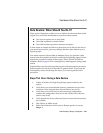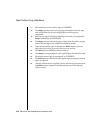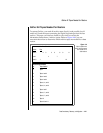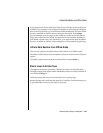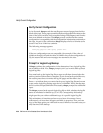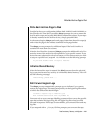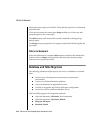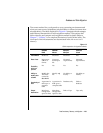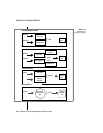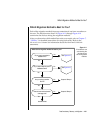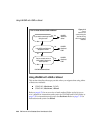
Data Consistency, Recovery, and Migration 4-53
Database and Table Migration
The correct method for you depends on your processing environment and
what you want to move (a database, selected tables, or selected columns from
selected tables). The table displayed in Figure 4-9 compares the advantages
and different characteristics of each migration method. The sections that
follow describe and compare each migration method in detail. (Refer to
Chapter 7, “Utilities,” for a complete discussion of each OnLine utility. The
LOAD and UNLOAD statements are documented in the DB-Access User’s
Manual.)
Figure 4-9
Quick comparison of migration methods
UNLOAD/
LOAD
UNLOAD/
dbload
dbexport/
dbimport
tbunload/
tbload
Performance
Moderate Moderate Moderate Fast
Ease of use
Input must
adhere to
format
You must
build input
file
No initial
requirements
No initial
requirements
Flexibility
built into
options
No Yes Yes Yes
Ability to
modify data
schema
Modify the
ASCII file
created by
dbschema
Modify .sql
file
No ability to
modify
No ability to
modify
Granularity of
data
A portion of a
field up to a
complete
table
A portion of a
field up to a
complete table
Database only Table or
database
Output
destination
Must have
enough disk
space for data
Must have
enough disk
space for data
Disk or Tape Tape only



